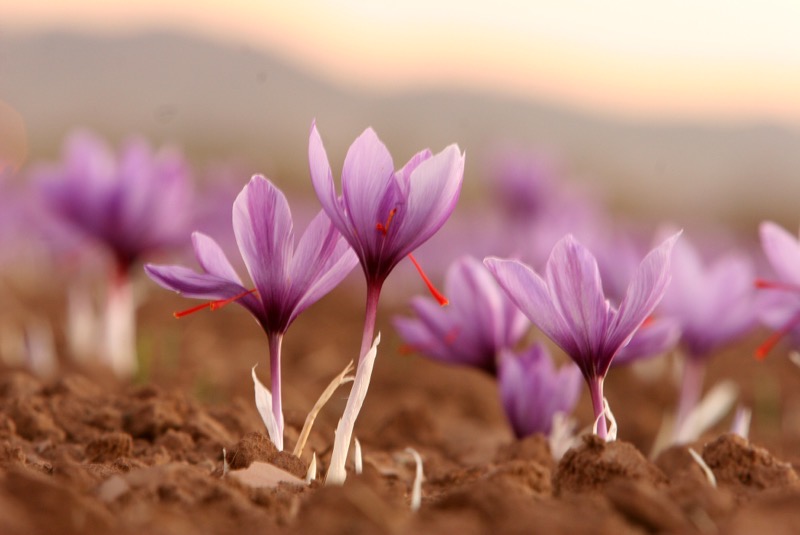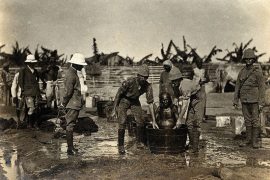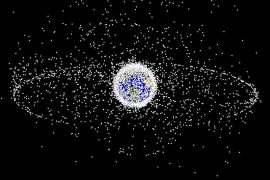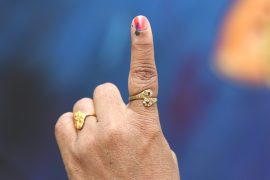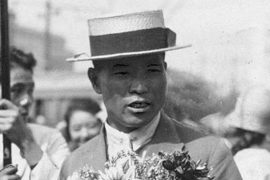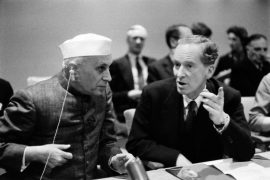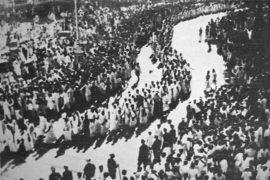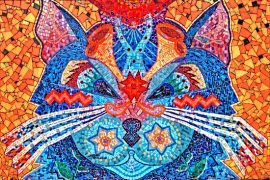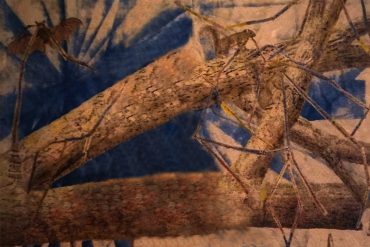Pampore, a thirty-minute drive from Srinagar, the capital of Jammu and Kashmir, safeguards treasures of red gold hidden in the purple bloom fields. People dressed in traditional pherans, or woollen dresses, gather fragile flowers and fill baskets.
Pampore is the saffron capital of our country. It is safely tucked within the vibrant, soft petals of Crocus Sativus, the precious spice. Many accounts narrate different stories regarding how saffron or zafran, in Persian, came to India.
Some experts believe saffron was brought to India by Persian kings when Northern India was a part of the Persian Empire. The desired saffron varieties were transferred across the Persian empire to populate the newly created gardens and parks.
Another version of this theory suggests that Persian saffron crocus was transplanted to the Kashmiri soil when Persia annexed Kashmir. The first harvest bloomed before 500 BC.
In the sixth century BC, the Phoenicians started to sell the Kashmiri saffron via their wide trading channels. Once commercialised, Kashmiri saffron was used to alleviate depression and as a fabric colour.
According to the legends of Kashmir, saffron did not arrive in India until the eleventh and twelfth centuries AD. Khwaja Masood Wali and Hazrat Sheikh Shariffudin, two foreign and nomadic Sufi ascetics, travelled to Kashmir and fell ill, seeking medical treatment from a local tribal leader. In return for their help, they presented the chieftain with a saffron crocus bulb.
When the saffron flowers bloom every autumn, the locals offer prayers to the saints who brought the red gold to India. Pampore now boasts a golden-domed shrine devoted to the Sufi saints.
Mohammed Yusuf Teng, a Kashmiri poet and academic, opposes the Kashmiri legends, claiming that for over two millennia, Kashmiris have cultivated saffron. Such old indigenous cultivation is mentioned in Kashmiri Tantric Hindu epics from the historical period.
Lastly, Buddhist mythology suggests that Madhyântika, the first Buddhist missionary to Kashmir, came in the fifth century BC. Upon his arrival, he is said to have sown the first Kashmiri saffron harvest, which later spread across the subcontinent.
Stories of how saffron came to Kashmir vary from who you ask. However, one thing is clear today: Kashmiri saffron is a highly valued spice and plays a tremendous role in the economy of Kashmir.
Kashmiri Saffron is the only variety of saffron that grows over 1,600 metres in elevation. The production of this expensive spice employs more than 20,000 households from Pulwama, Srinagar, and Budgam. The value of saffron is offered compared to gold by its weight. A kilogramme of the spice may cost up to $4,000 because it takes up to 150,000 blooms to generate that much.
In 2020, Kashmiri saffron received a Geographical Indication (GI) tag. The application was submitted by the Government of Jammu and Kashmir’s Directorate of Agriculture, with assistance from the Sher-e-Kashmir University of Agriculture Sciences and Technology in Kashmir and the Saffron Research Station in Dussu (Pampore).
“Kashmir saffron is a very precious and costly product. Iran is the largest producer of saffron, and India is a close competitor. With the GI tag, Kashmir saffron would gain more prominence in the export market,” The Hindu reported the words of the Deputy Registrar of GI, Chinnaraja G. Naidu.
Three varieties of saffron are cultivated in Kashmir- the Lachha Saffron, Mongra Saffron, and Guchhi Saffron. The first is just the dried stigma from the flower with no additional processing. Mongra Saffron is processed traditionally after the flowers are sundried. They are then bundled together and tied with a string. Gucchi Saffron is prepared like the former but not tied together. Instead, they are packed loosely in air-tight vessels.
Harvesting saffron from the flowers is a delicate process. The strands of stigmas and styles can be yellow or red. However, only red strains produce saffron. The seeds of the saffron flower are infertile; hence, the farmers replicate the blossoms asexually using bulbs known as corms. Saffron is a fragile plant that grows best in damp black soils rich in humus. Harvesting the crop is time-consuming and labour-intensive.
Sunil Mahnoori, a Kashmiri Chef at a Kolkata restaurant, narrates his memories of saffron cultivation in an interview with Nikkei Asia:
Local women used to grind the leftover petals after harvest with spices like cardamom and dry it in the sun to use in the winter to season their food.
Saffron from Kashmir is world-famous. It revitalises the body and is utilised in cosmetics and medicine. It is related to traditional Kashmiri cuisine and symbolises the region’s rich cultural history.
Saffron farming in Kashmir deteriorated through the years of civil unrest and a significant military presence. The Department of Agriculture in Kashmir reported a drop in saffron production by 65 per cent in the two decades leading up to 2018.
The central government established the National Saffron Mission in 2010 with a $57 million budget to restore production and invest in new cultivation techniques. In Pampore, the government also established a Saffron Trading Centre with high-tech facilities for the process after the harvest.
This year, late rains in Kashmir Valley have provided farmers with the finest crop in a long time. After years of disappointment, the Kashmir valley’s saffron growers are joyful and busy collecting the purple blossoms from the fields.
-30-
Copyright©Madras Courier, All Rights Reserved. You may share using our article tools. Please don't cut articles from madrascourier.com and redistribute by email, post to the web, mobile phone or social media.Please send in your feed back and comments to editor@madrascourier.com

